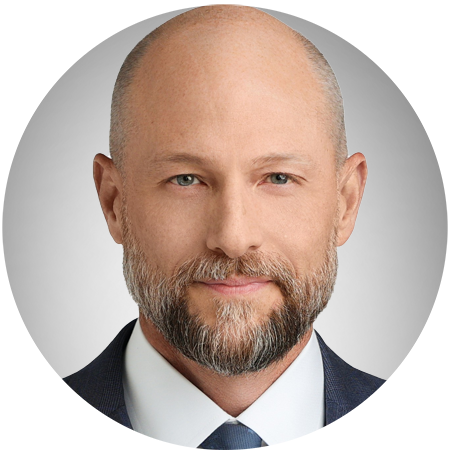In a previous post, we addressed statutory amendments concerning the architectural-malpractice limitation period, which the Legislature enacted in response to a 2006 Supreme Court decision that pegged both the statute of limitation and the statute of repose at six years. The six-year statute of repose lived on, but the Legislature amended MCL 600.5805 to place a two-year statute of limitation on malpractice claims against licensed architects, professional engineers, and professional surveyors.
The statutory amendments only peripherally addressed the question of accrual. Under MCL 600.5838, a malpractice claim generally accrues when the professional discontinues serving the client or customer in the matter out of which the malpractice arose. Although MCL 600.5838 resolves the question of accrual for some types of professionals, another statute comes into play for licensed architects, professional engineers, and professional surveyors―MCL 600.5839, which concerns improvements to real property and seemingly conflicts with the accrual language of MCL 600.5838.
Enter Preyde One LLC v Hoffman Consultants LLC, the first case in which the Court of Appeals confronted the legislative amendments. That case arose out of the construction of a hotel, which ultimately went awry. In 2018, the development company sued the building-supply company for breach of contract, among other claims. The building-supply company identified the structural-engineering firm, which last worked on the hotel in 2015, as a non-party at fault. As a result of the notice of non-party at fault, the development company added a malpractice claim (framed as a negligence claim) against the structural-engineering firm. The structural-engineering firm moved for summary disposition, arguing that the malpractice claim accrued in 2015 and the statute of limitation expired in 2017.
The Court of Appeals agreed, finding that the statutory amendments had the effect of reverting Michigan law to the pre-2006 status quo: a claim against a licensed architect, professional engineer, or professional surveyor arising out of the provision of professional services is a malpractice claim subject to a two-year limitation period. Additionally, and perhaps most importantly, the Court of Appeals determined that a malpractice claim accrues not on the date of completion of the improvement to real property, but on the last date of professional service.
What this Means for Professional Engineers, Architects, and Surveyors
The Court of Appeals’ decision solidifies the statutory amendments and places licensed architects, professional engineers, and professional surveyors on par with other professional-service providers, such as accountants and attorneys. But licensure is key. Unlicensed professionals providing engineering, architectural, or surveying services likely won’t be able to avail themselves of the same protections under the statutory amendments. To avoid extending the period in which you can be sued for the provision of professional services, be sure to keep your license current.


